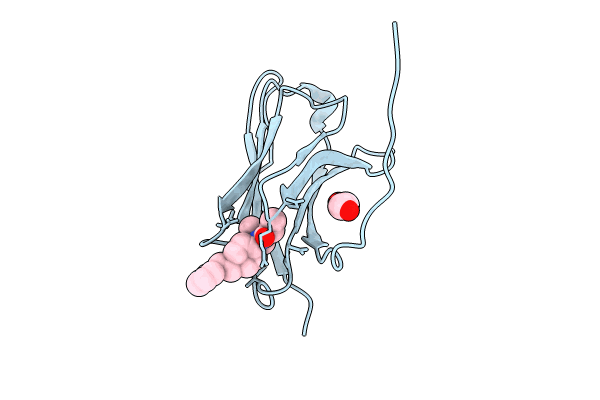
Deposition Date
2023-12-10
Release Date
2024-08-07
Last Version Date
2024-11-06
Entry Detail
Biological Source:
Host Organism:
Method Details:
Experimental Method:
Resolution:
1.55 Å
R-Value Free:
0.21
R-Value Work:
0.18
R-Value Observed:
0.18
Space Group:
C 2 2 21


